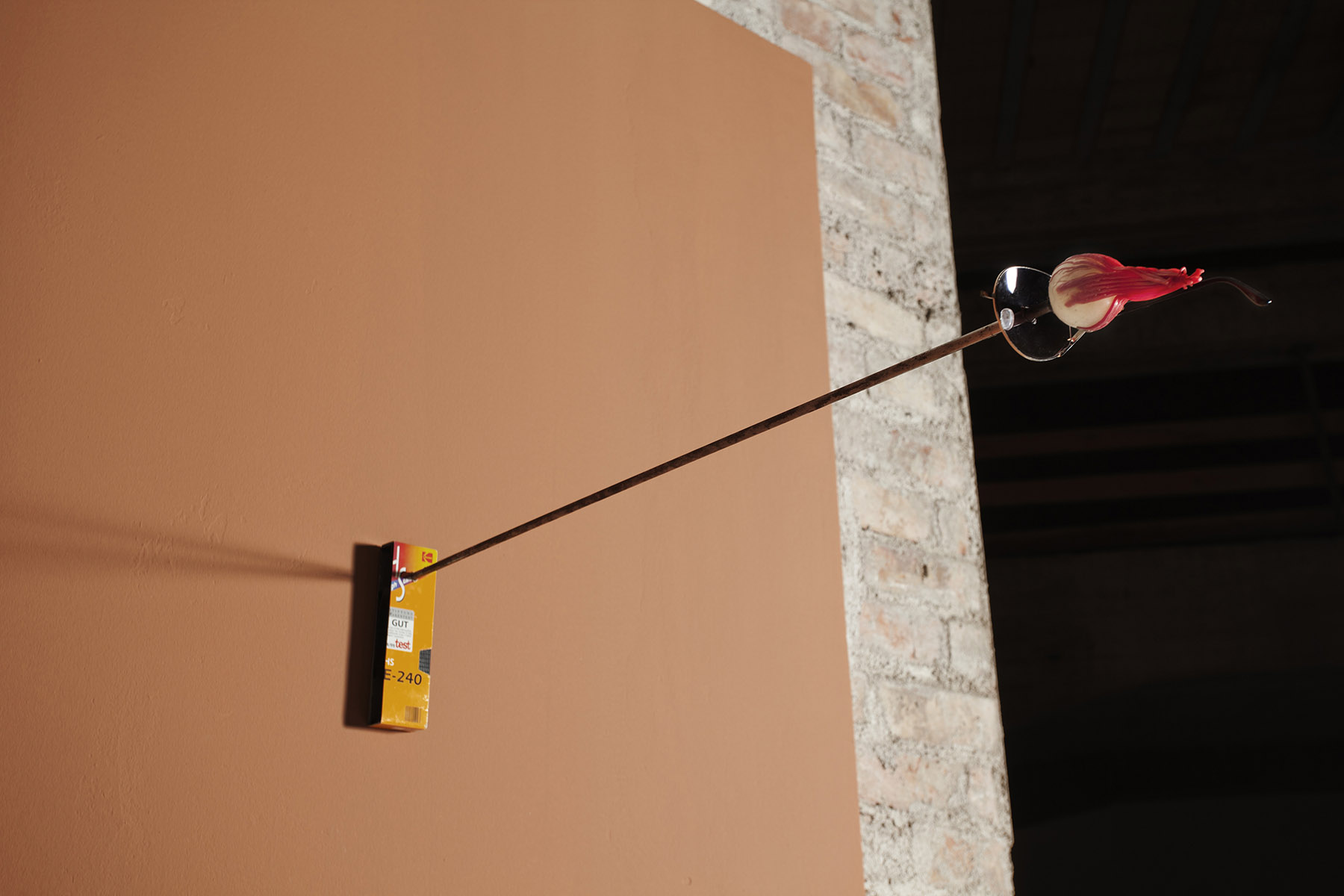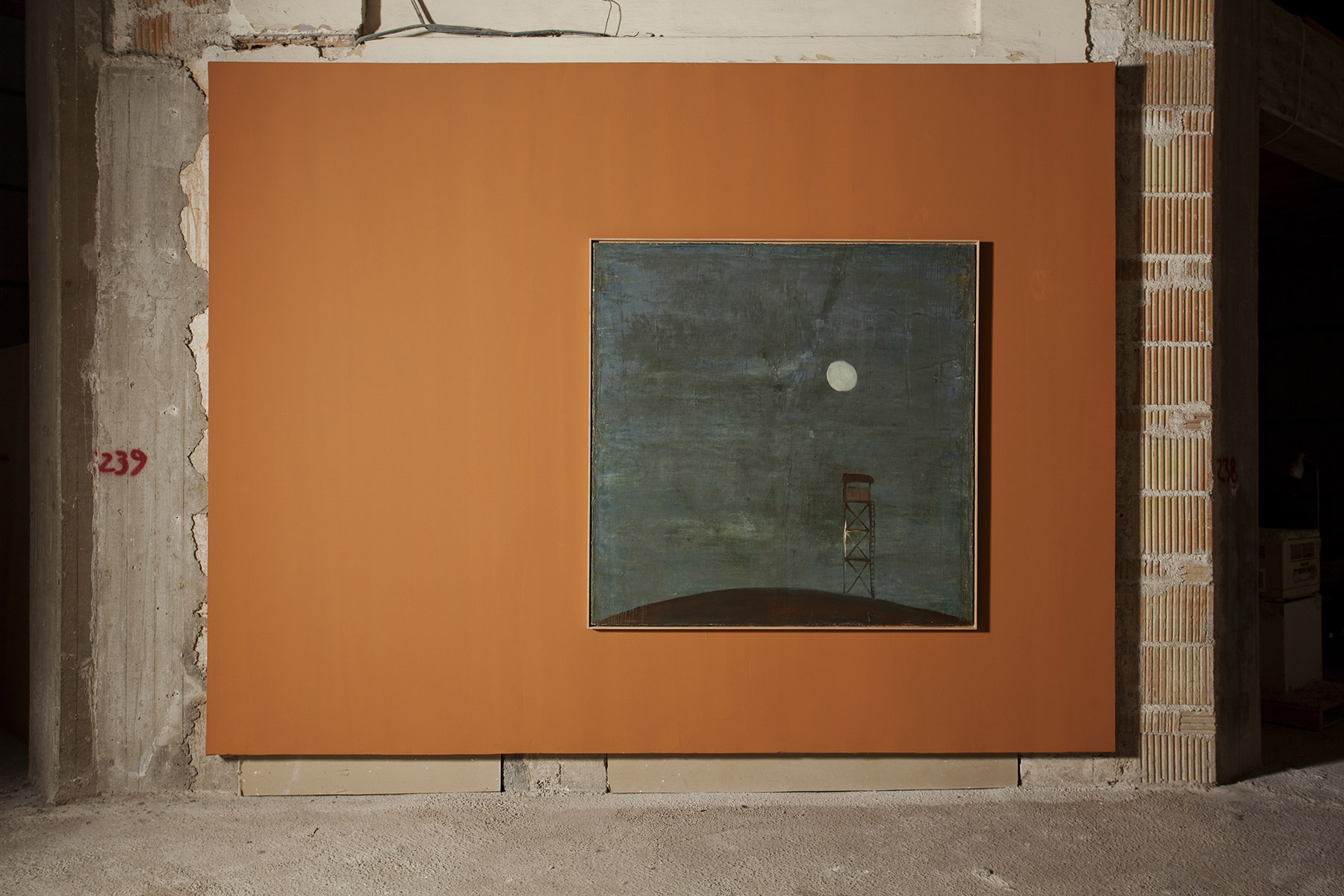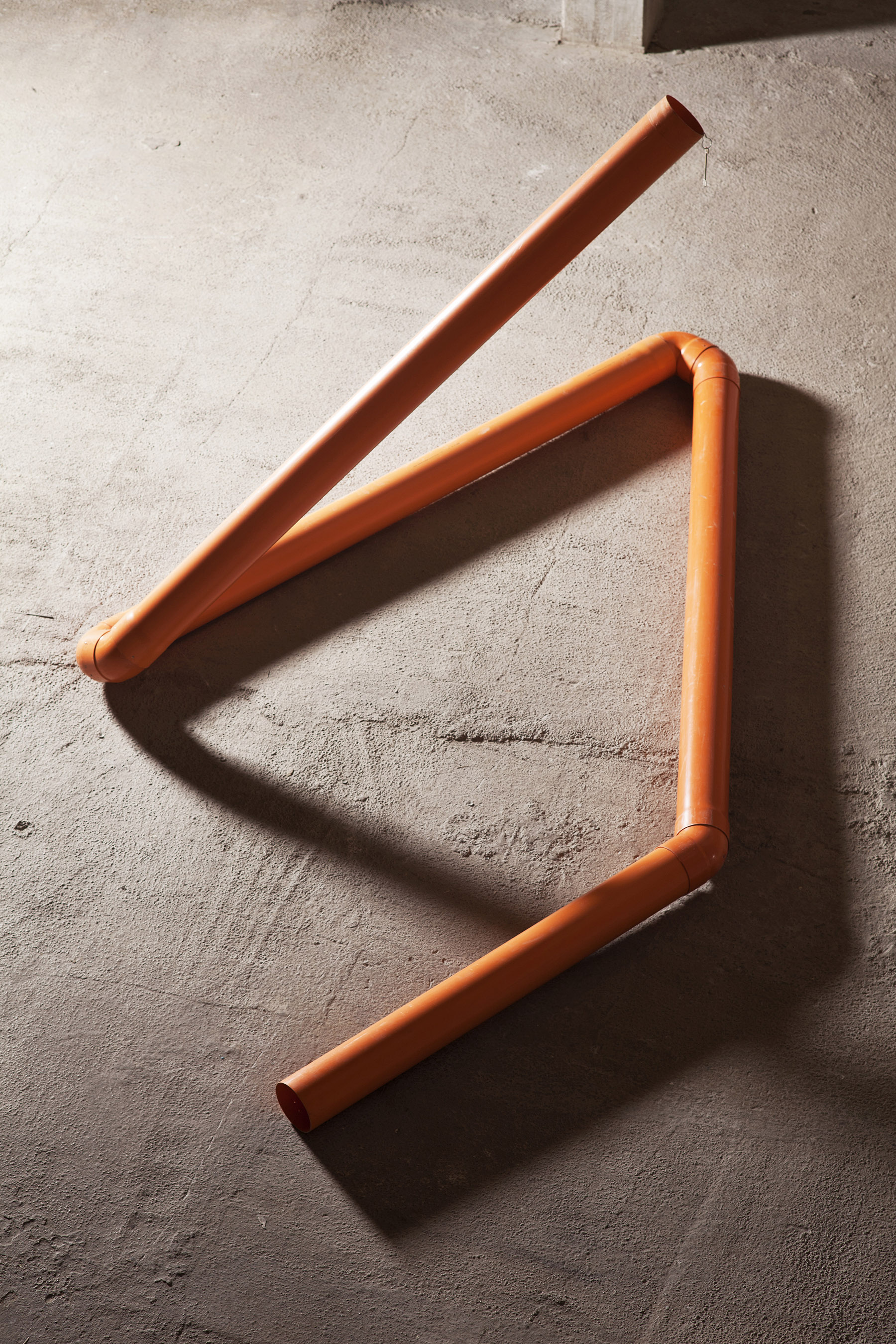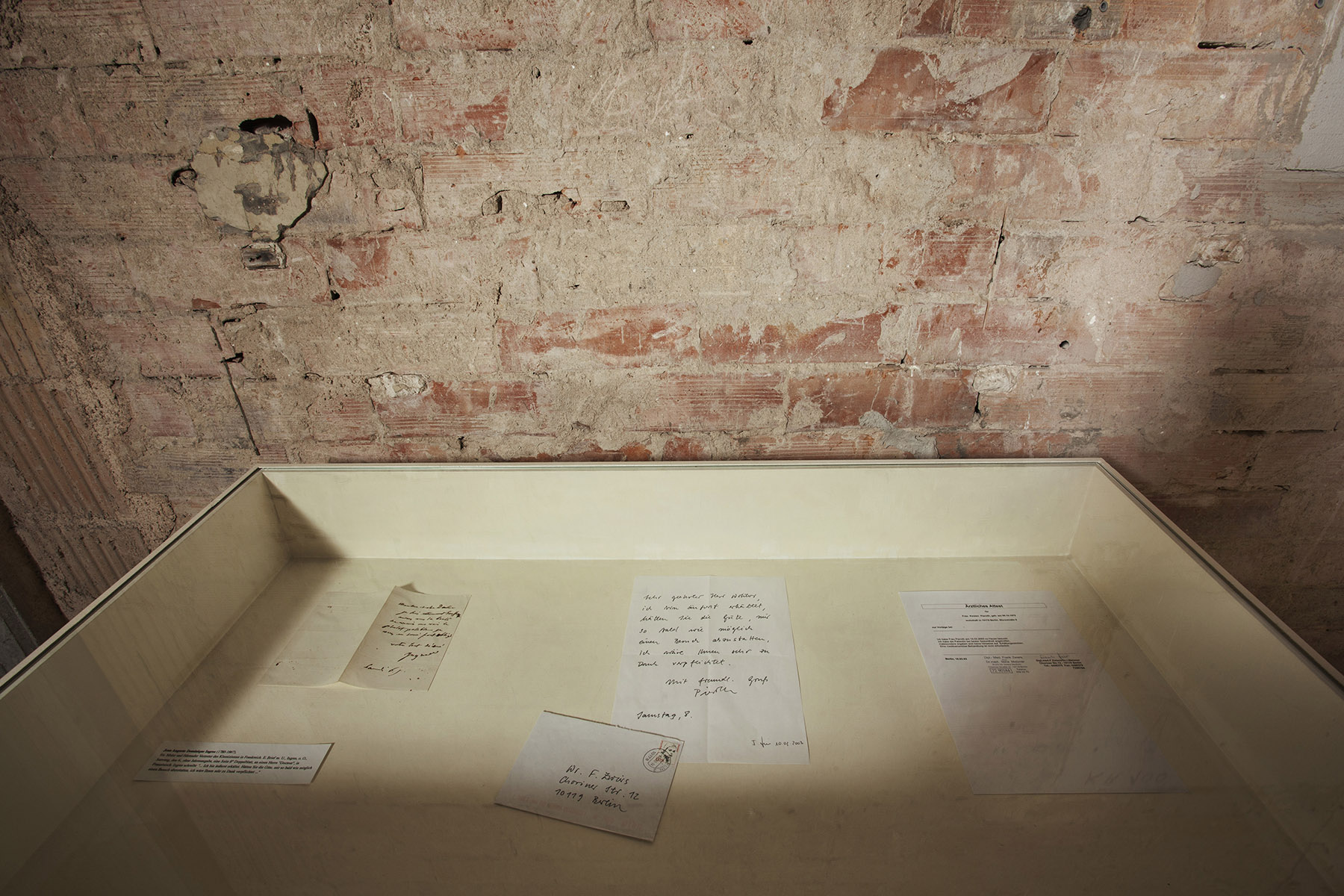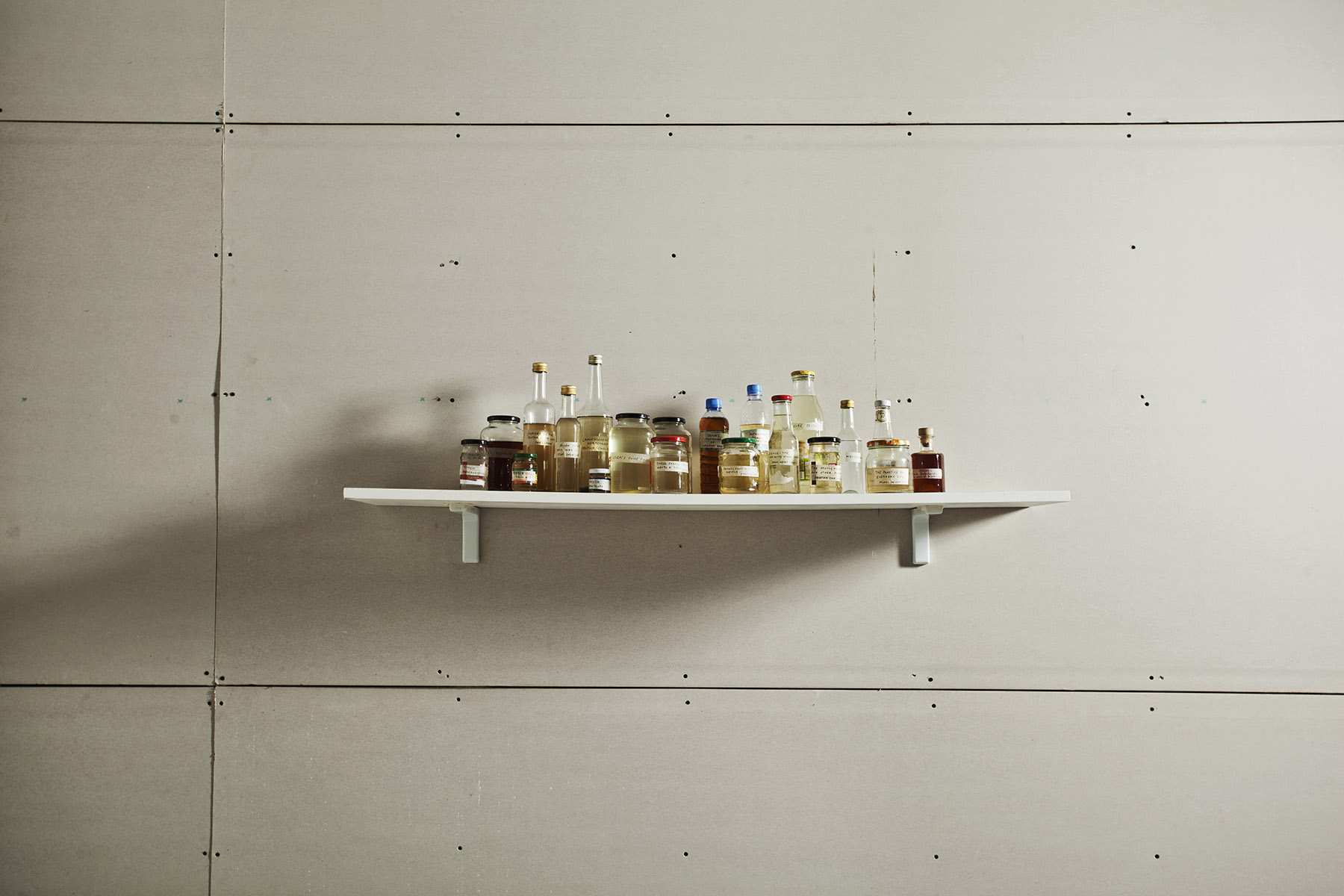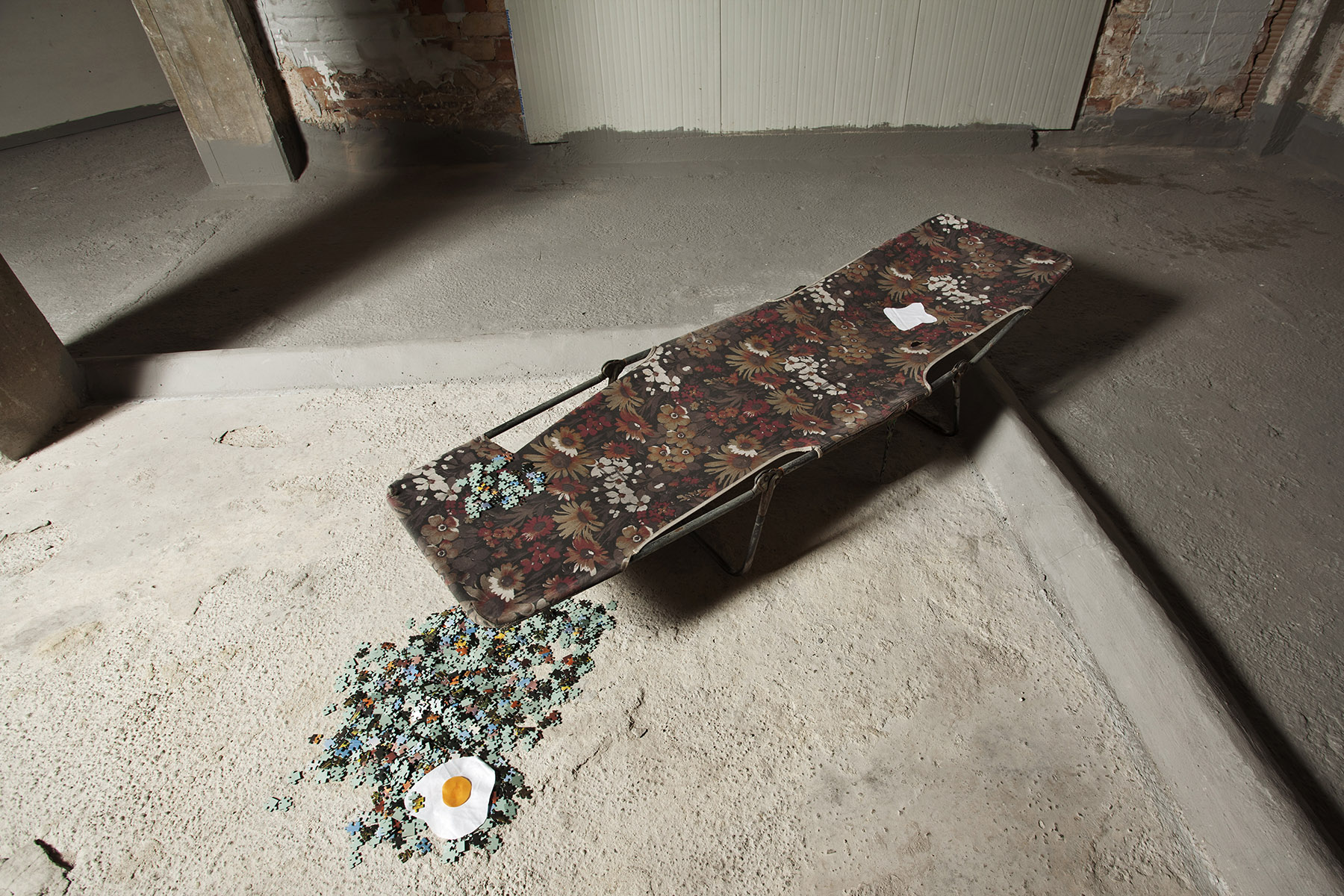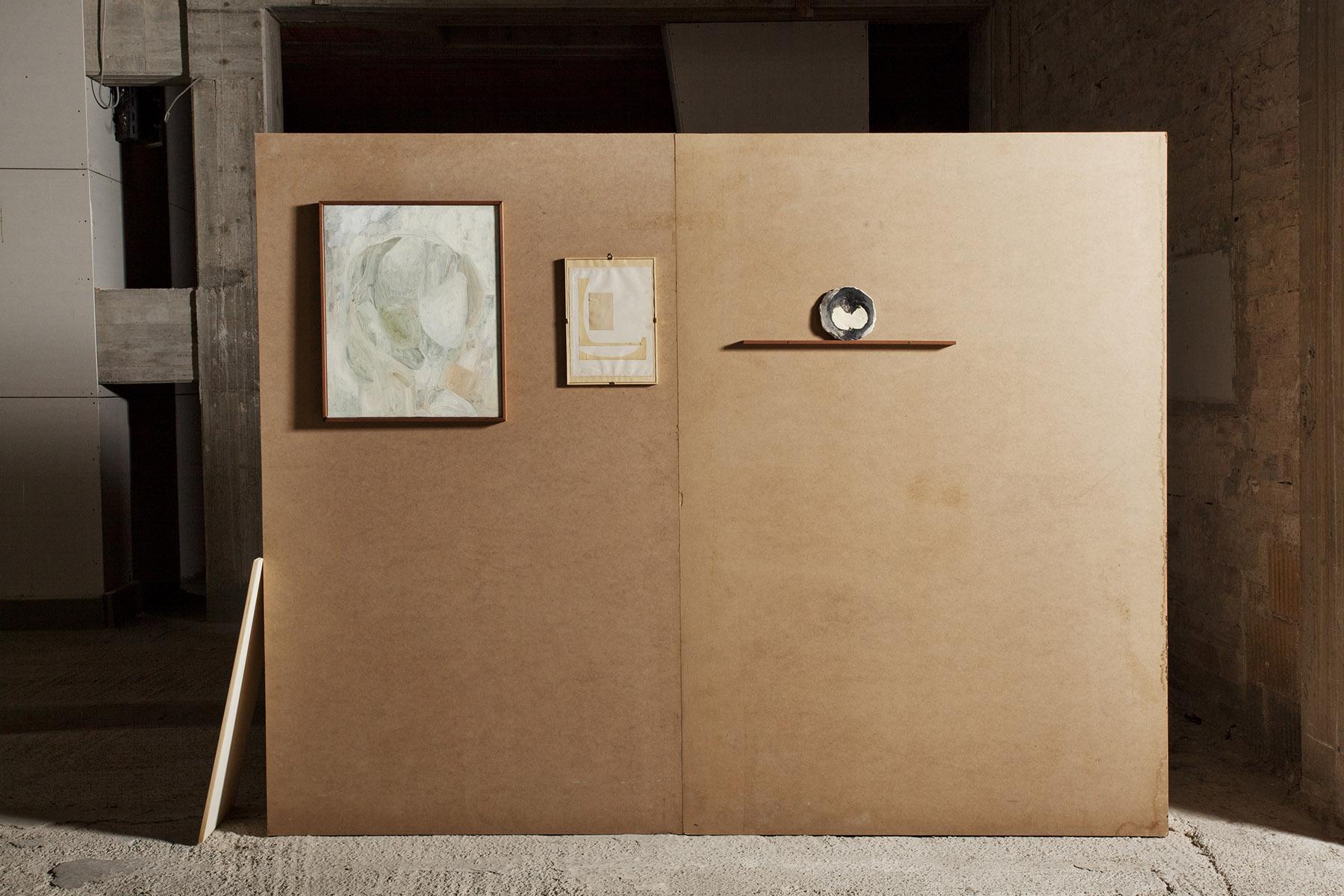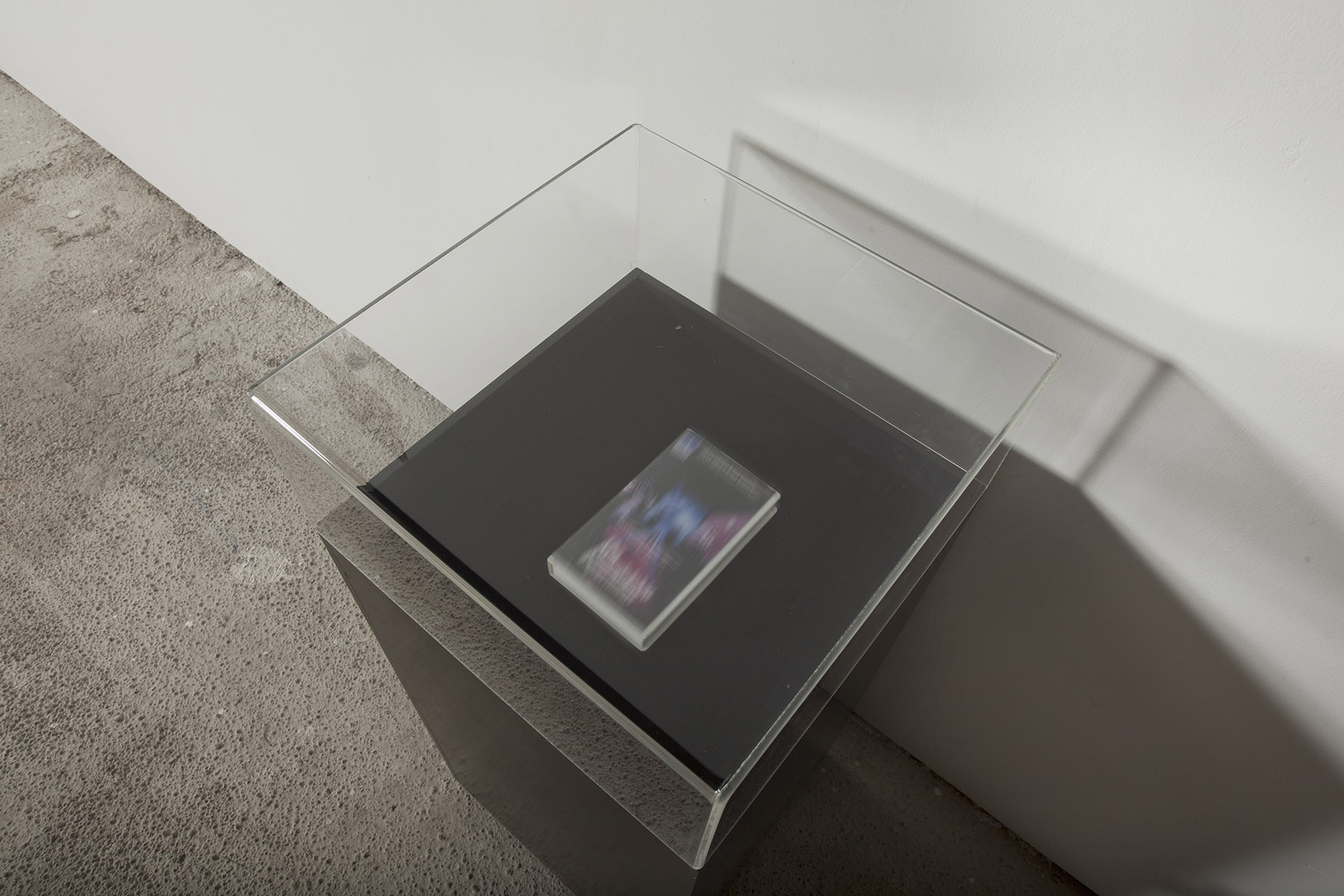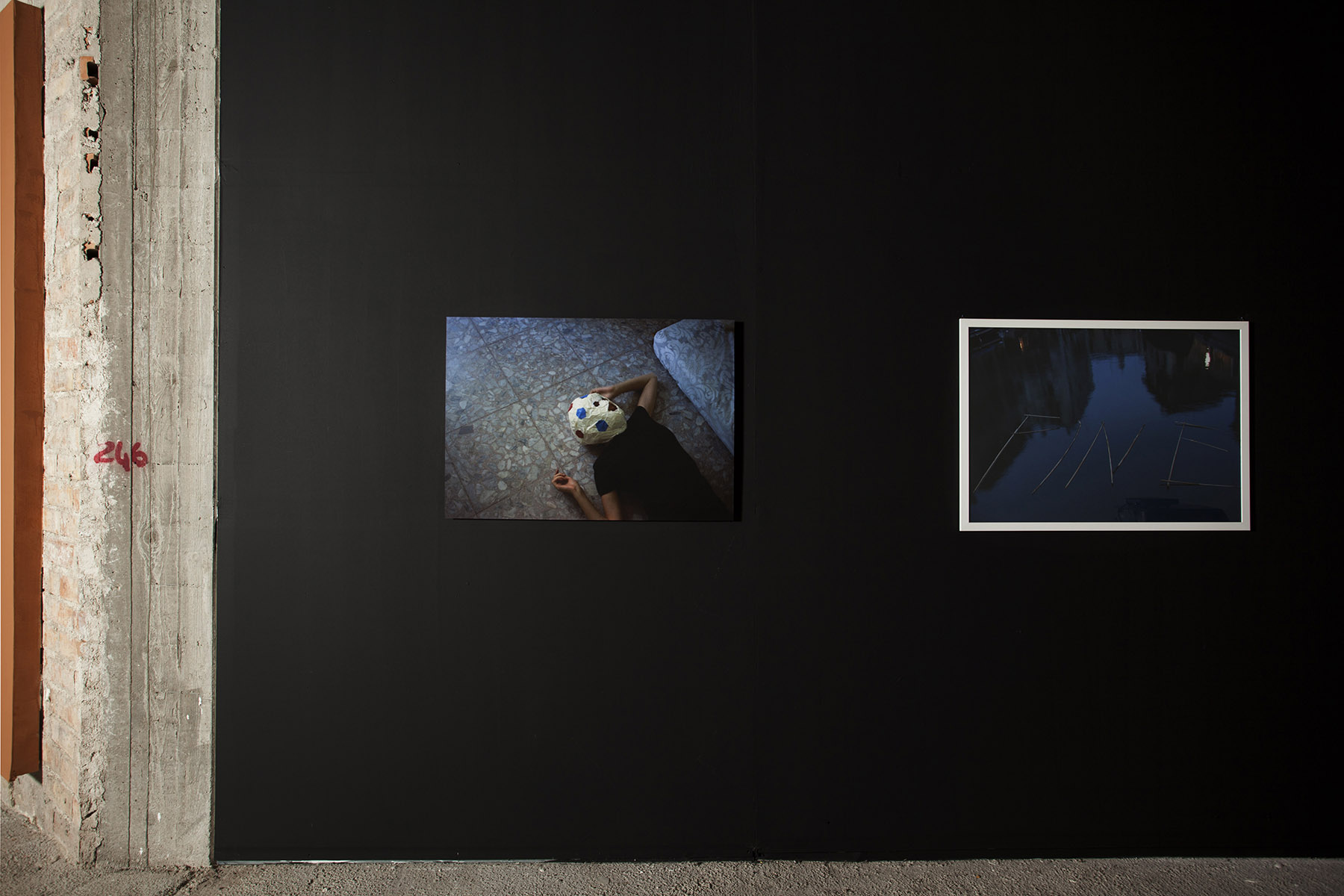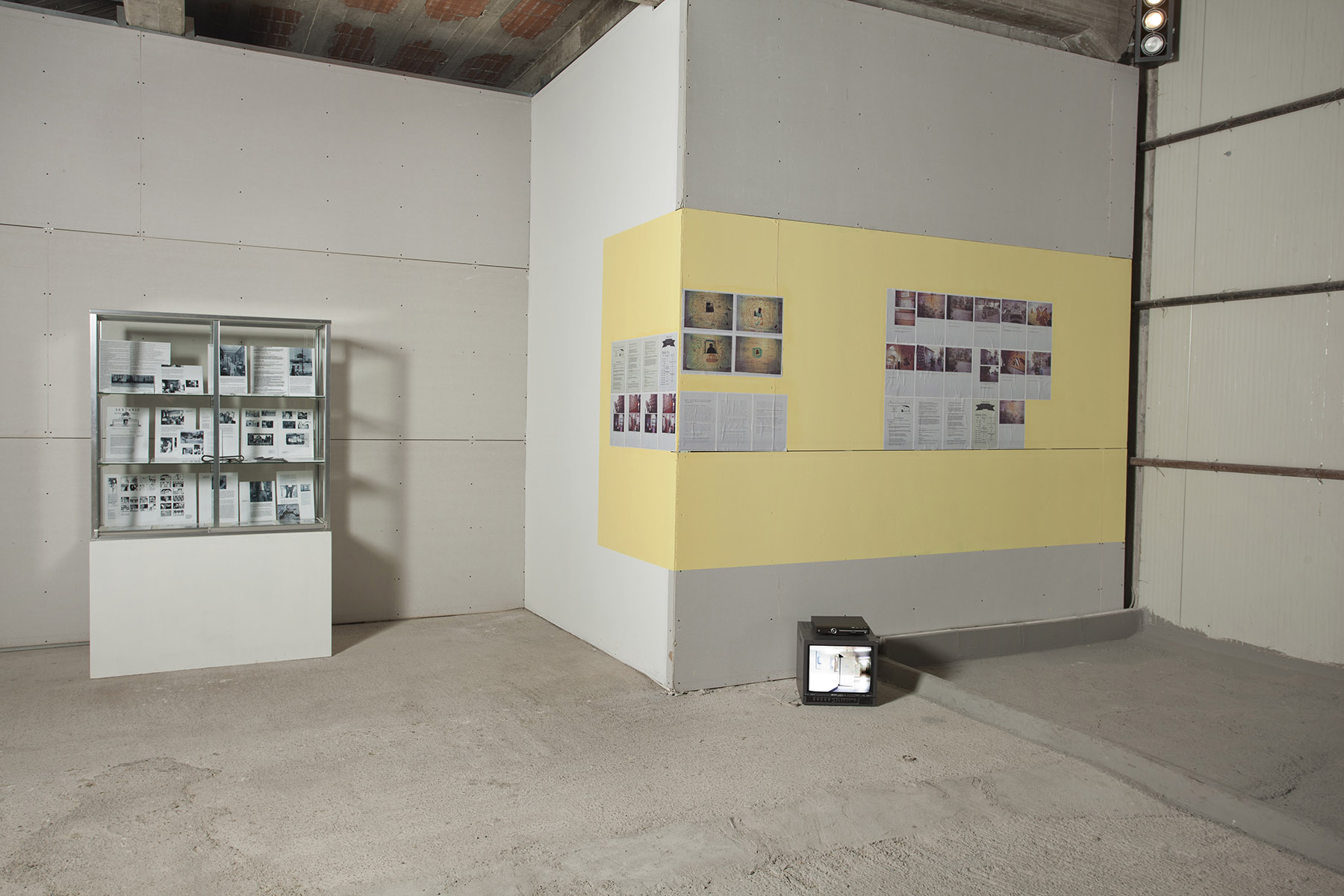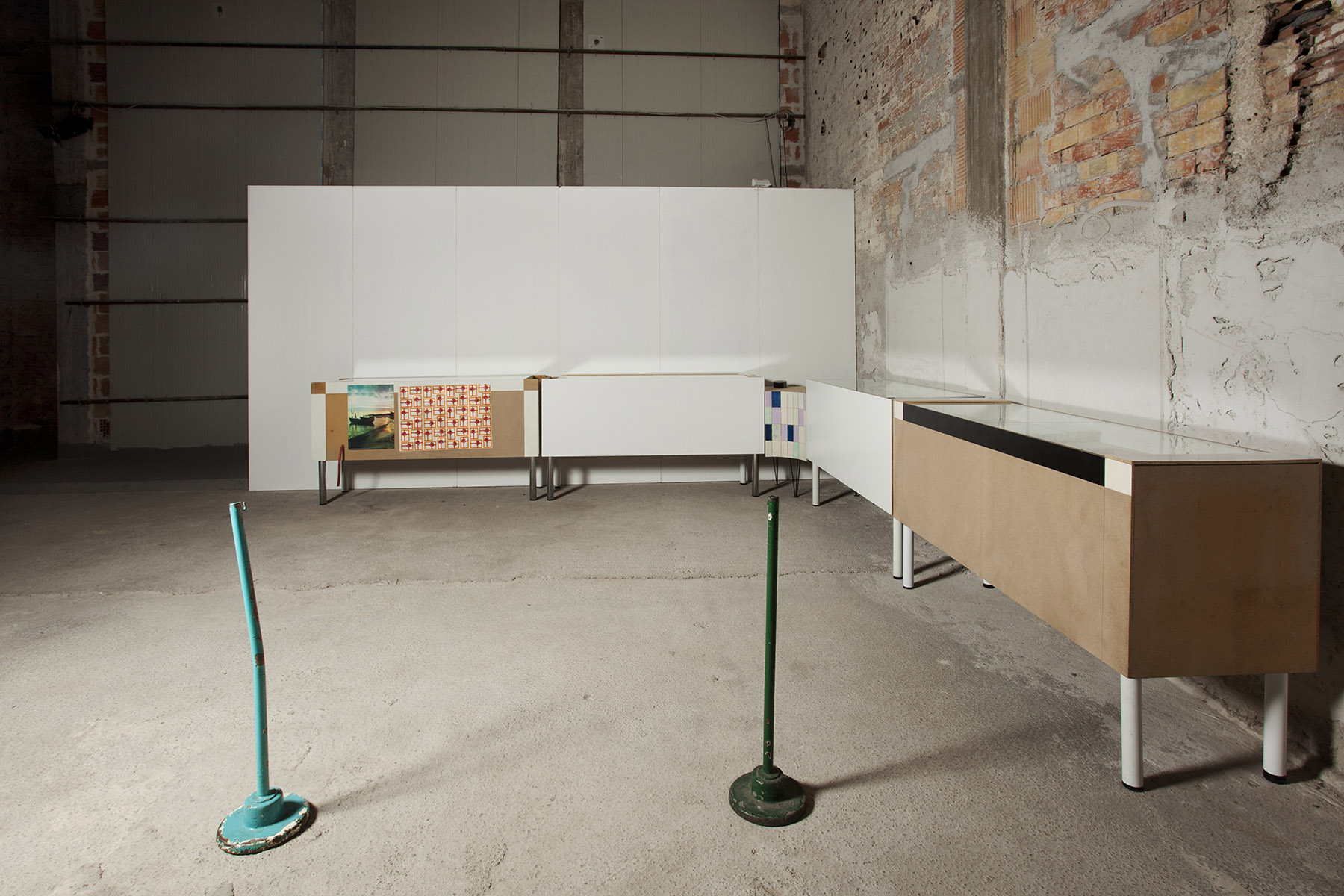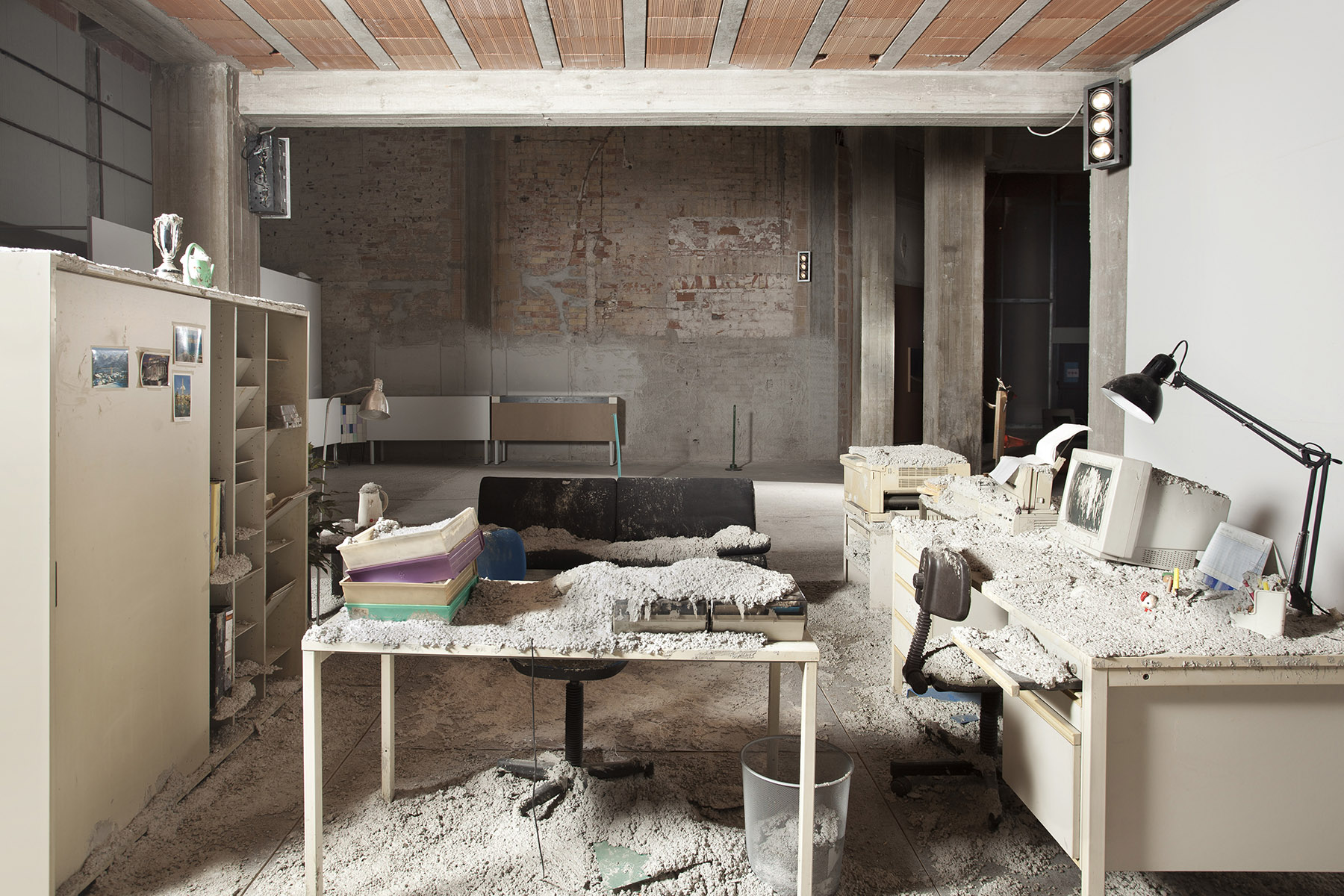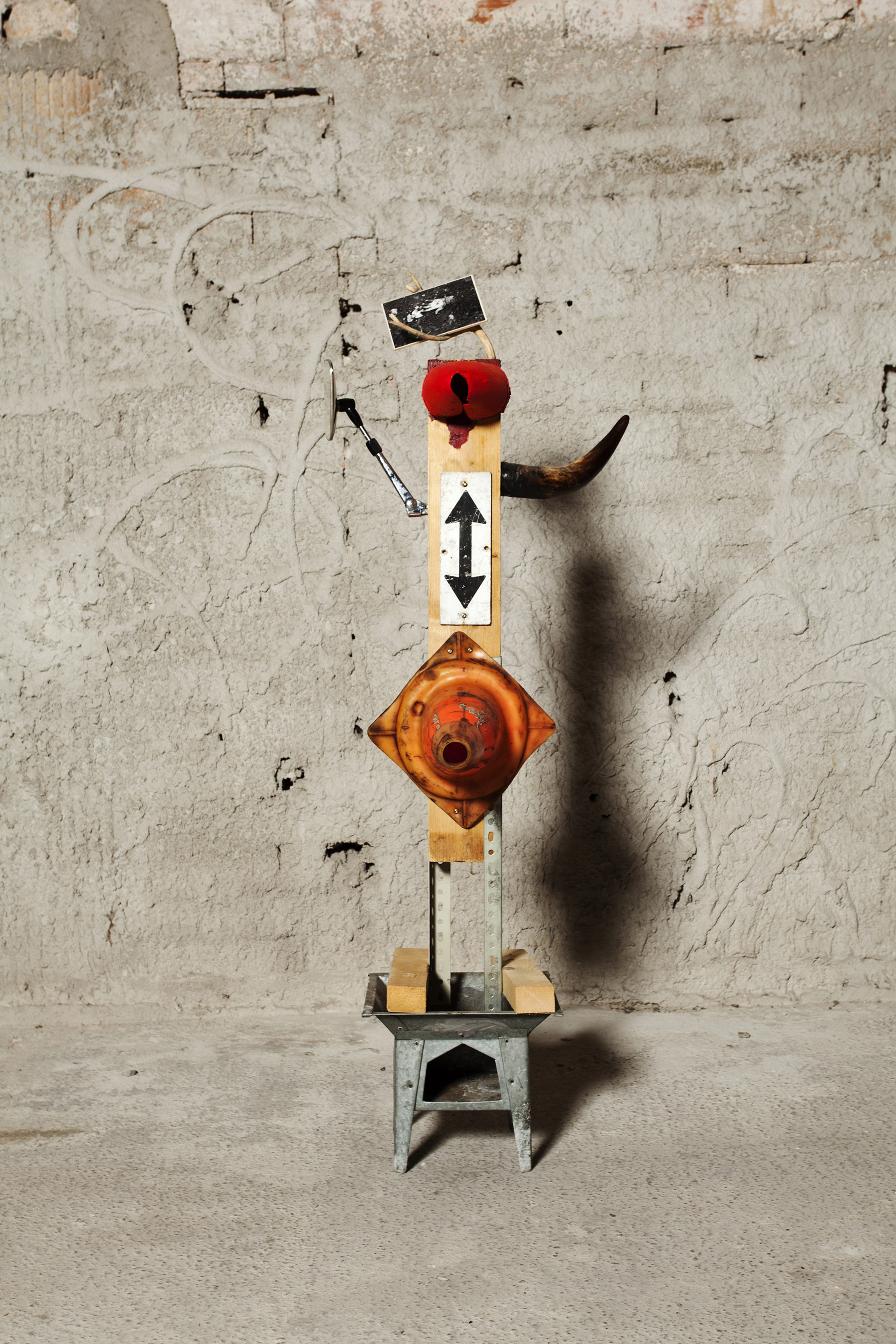04.12.2010 \\ 06.03.2011
Trailer Park is the new exhibition that will animate Teatro Margherita in Bari, from the 4th of December. The exposition presents works by more than 20 artists, both Italian and international, selected by Jörg Heiser (co-editor of Frieze magazine, London) from the prestigious collection of Fondazione Morra Greco. The exhibition is part of a wider path started by Comune di Bari, and it discloses future collaborations, aiming at the conversion of Teatro Margherita in a contemporary art center. On the occasion of the press conference, a protocol of agreement with the Neapolitan foundation will be presented, to lay the groundwork for a feasibility study about a partecipative model foundation, which should involve other institutions, both public and private. A new form of partnership, analyzed in its cultural and artistic, but also economical and administrative contents, will lead to the institution of BAC (Bari Arte Contemporanea). The prestigious theater, whose interior spaces will be fully and rigorously renovated, will be the headquarters of the newly founded institution.
Teatro Magherita, inaugurated in 1910, is a beautiful building set right in the old harbour of Bari. It once was an entertainment theatre featuring variety shows, and it housed the historical museum; then, until 1979, it was a cinema; since 1980, it awaits to be re-awoken, and fully refurbished. It is a building of multifarious history, and yet full of future potential – for the city of Bari, the region of Puglia, and the whole South of Italy.
First moves have been made to realize that potential, most recently this summer with a grand site-specific installation of works by Jannis Kounellis. Now Trailer Park, an exhibition of works by 25 artists from the collection of Maurizio Morra Greco (Naples), supported by Comune di Bari and curated by German curator Jörg Heiser (co-editor Frieze magazine, London) is a kind of test run for the dream of the building to be turned, in the foreseeable future, into a permanent home for contemporary art.
The exhibition features major works by international artists such as Jimmy Durham, Rodney Graham, and Manfred Pernice, as well as by important Italian artists such as Lorenzo Scotto Di Luzio and Giulia Piscitelli. A newly commissioned piece by Austrian artist Marko Lulić, a ‘hollywood’-style billboard to be installed on the roof and to be seen from afar, will reflect – with a mixture of audacity and irony – on the possible future of the building as a museum.
Why the title Trailer Park? A ‘trailer park’ is a settlement composed of mobile homes, often of makeshift nature, born out of necessity, and poverty – a provisional solution good-till-cancelled. Far from neglecting the fact that many people in the art world don’t come from poor but middle-class backgrounds (though not all), contemporary artists do question the made-for-eternity preciousness often expected of artworks, instead favouring the makeshift, experimental nature of found or constructed artefacts. What many of the artworks in the show – sculptures, installations, collages, photographs, films and videos – share is a humorous, and at times very serious interest to deflate aggrandizing gestures of monumentality, in art and culture at large.
For example, think of the late Slovakian artist Július Koller, a conceptual art pioneer in Eastern Europe, and his collage Ping-Pong Monument (u.f.o.) (1971), proposing a huge monument of a hand holding a table tennis racket for a cityscape, ridiculing the enormous memorials often erected by authoritarian regimes (a gesture one might find apt also amidst still-existing, Mussolini-built environments). Another example is LA artist Eric Wesley’s sculpture Untitled (Keychain) (2004), which attaches an ordinary key to a huge construction made of pvc tubes – a key one will definitely not lose. Or, with a very different timbre and register, British artist Steve Mcqueen’s short film Charlotte (2004): we see, in close-up, the artist touching the eye of famous actress Charlotte Rampling, a simple gesture of great intimacy and tenderness, yet full of subdued aggression, questioning the relationship between viewer and star.
A ‘trailer’ is a glimpse of a future movie release, teasing our expectations; ‘park’ plays also on lunapark, the multi-facetted experience associated with a vaudeville theatre such as Teatro Margherita once was. Trailer Park in that sense also provides a glimpse of the future by way of recombining fragments from the past, be it a short scene from the 1955 monster movie It Came from Beneath the Sea – a film once successfully shown at Teatro – featuring a giant octopus attacking a city, speaking directly to contemporary anxieties at times of crises; or Seb Patane’s work 16 gennaio 1968, appropriating an image of student activist Luigi Bobbio – today a well-respected professor of political science at the University of Turin – being arrested by the police, bringing up the question of what citizenship and engagement, and the relationship between the individual and the state means today. In that sense, Trailer Park is also a proposal to not let the erosion of state support for culture, something experienced all over Europe but especially in Italy, be taken for granted; private initiative on the part of citizens engaged in their local communities can trigger, but not replace a vital public culture for the future.
All images Courtesy Collezione Morra Greco, Napoli
© Giovanni Troilo


